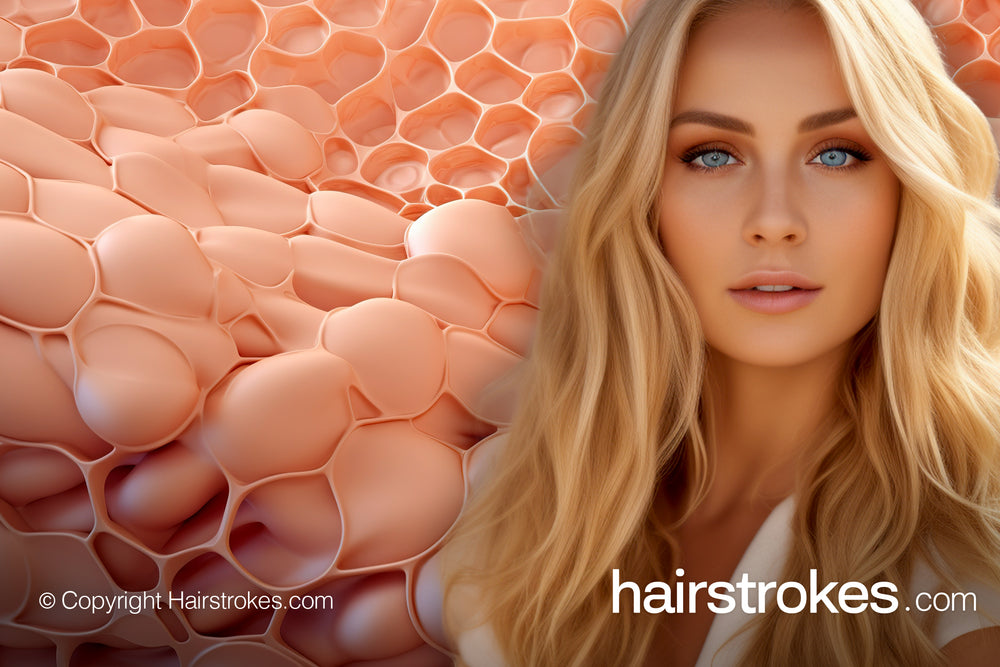2. Perpendicular entry
Technical Perspective: Needle Angle and Skin Penetration
When a needle enters the skin at an angle less than 90 degrees (perpendicular), it travels a longer path through the tissue, causing more disruption, especially in the papillary and reticular dermis. Elongated incisions are created rather than precise dots in motions like a pendulum or whipping, where the needle enters at an oblique angle. This happens because the needle slices through the skin, leading to a slit-like wound rather than a dot, affecting pigment deposition. Visualizing this from above, the smaller the needle's angle, the longer the slit in the skin, reducing the likelihood of the pigment healing into a desired dot or "pixel."
Biological Perspective: Skin Structure and Healing Response
The skin comprises multiple layers, including the outer epidermis and the underlying dermis, which is further divided into the papillary and reticular layers. The papillary dermis is thinner with fine collagen fibers, while the reticular dermis is thicker and denser. A perpendicular needle penetration primarily impacts the epidermis and the superficial part of the dermis, minimizing damage. An oblique angle increases the likelihood of disturbing the deeper reticular dermis, causing more significant tissue disruption.
Pigment Dispersion and Scarring
Greater tissue disruption triggers a more robust healing response, including inflammation and potential collagen deposition. When pigment is deposited in a line (due to an oblique needle), it spreads out and may become less defined as the wound heals, causing pigment migration, blurring, and spreading beyond the intended area.
Risk of Scarring
Deeper penetration and increased tissue trauma raise the risk of scarring, which can trap pigment in unwanted patterns and disrupt even pigment distribution.
Maintaining the needle at a perpendicular angle during semi-permanent pigmentation procedures is essential. It minimizes tissue damage, ensures precise pigment deposition, and reduces the risk of pigment spreading and scarring. The angle of needle entry significantly influences the wound's nature, the healing process, and the final appearance of the pigment in the skin. Therefore, understanding and applying the correct needle angle is crucial for achieving optimal results and client satisfaction.



